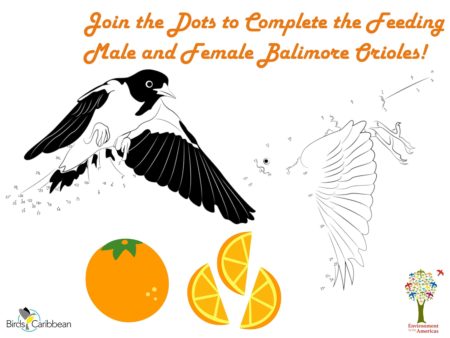Celebrate World Migratory Bird Day (WMBD) with us in our virtual “Birds Connect Our World” edition! Have fun learning about a new migratory bird every day. We have colouring pages, puzzles, activities, and more. Download for free and enjoy nature with your family at home.
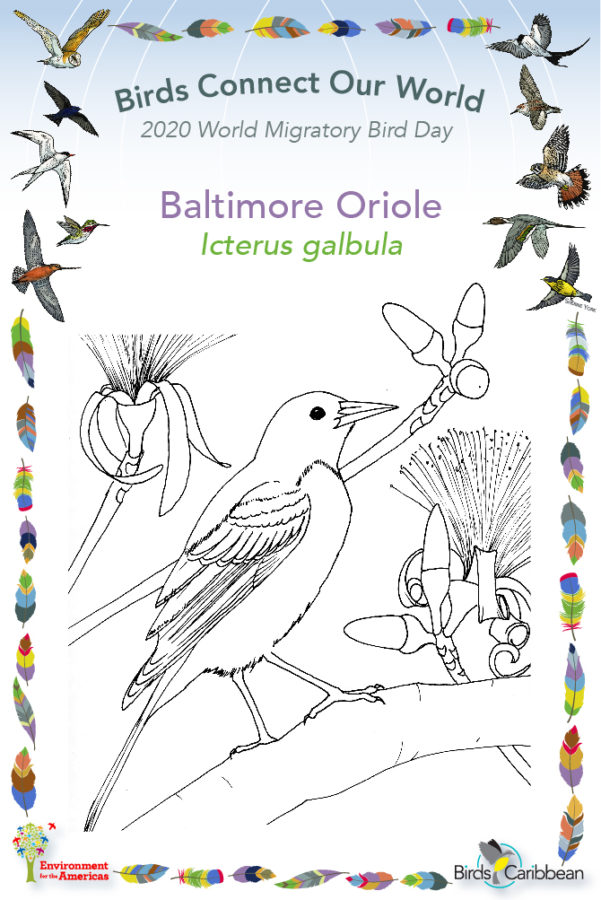
Migratory Bird of the Day: Baltimore Oriole
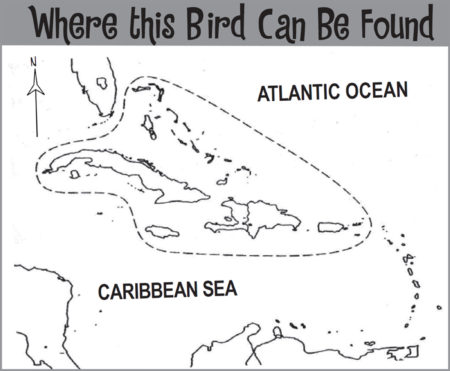
Male Baltimore Orioles are stunning birds, with fiery orange underparts and black on the head, mantle, tail, and wings. They also have orange rumps and tail patches, and white wing-bars. Females range in colour from yellow to brownish with a mottled brownish-olive head and mantle. Immature birds resemble females. All birds are medium sized and sturdy looking, with sharply pointed blue-gray bills.
Baltimore Oriole breed across the mid-US and up through central Canada. These birds weave amazing gourd-shaped, hanging nests from hair, human-made fibers such as string or wool, and plant fibers such as grasses, plant stems, and Spanish moss. They are known for their rich, beautiful, flute-like songs.
Baltimore Orioles are mid to long distance migrants. They spend the winter in Florida, the northern Caribbean, Central America, and northern South America. In the Caribbean they are most commonly seen in the Bahamas, Cuba, Jamaica and Puerto Rico. Baltimore Orioles migrate in large flocks, and even during the winter you might spot them together in a group. They can be found in gardens, open woodlands, scrub, swamps, and at forest edges.
Baltimore Orioles eat insects (especially caterpillars), spiders, fruit, and nectar. Before and during migration they prefer nectar and ripe fruits. The sugars in these foods are easily converted into fat, which supplies energy for migration. You might spot them eating any fruits in your garden, or you could put some out from them. Baltimore Orioles sometimes use their slender beaks to feed in an unusual way, called “gaping.” They stab their sharp closed bill into a soft fruit. As they open their beaks inside the fruit they make a cut from which they drink the juice with their tongues. Learn more about this species, including its range, photos, and calls here.
Colour in the Baltimore Oriole!
Download the page from Migratory Birds of the West Indies Colouring Book. Use the photos below as your guide, or you can look up pictures of the bird online or in a bird field guide if you have one. Share your coloured-in page with us by posting it online and tagging us @BirdsCaribbean #WMBD2020Carib
Listen to the call of the Baltimore Oriole
Baltimore Orioles are often silent when spending the winter in the Caribbean, but you might hear this rattling alarm call.
Puzzle of the Day
Click on the images below to do the puzzles. You can make the puzzle as easy or as hard as you like – for example, 6, 8, or 12 pieces for young children, all the way up to 1,024 pieces for those that are up for a challenge!
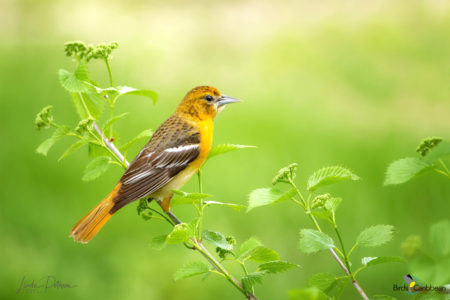
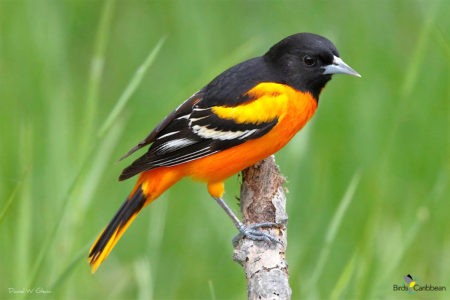
Activity of the Day
FOR KIDS: Baltimore Orioles love to eat fruits to get enough energy for their migration! Join the dots to reveal the male and female and female Baltimore Orioles feeding. You could also color them in,
FOR KIDS AND ADULTS:
- Take a walk and see if you can spot any migratory birds or maybe some have arrived in your garden? Use a bird field guide or the FREE Merlin bird ID app to help you identify the birds you are seeing.
- Enjoy the videos below of Baltimore Orioles. In the first you can see the stunning plumage of the male Oriole. In the second a Female Oriole is feeding on some fruit somebody have left out for her.
- Visit MigratoryBirdDay.org for many more free activities and resources to learn about migratory birds, their threats and conservation actions you can take.

